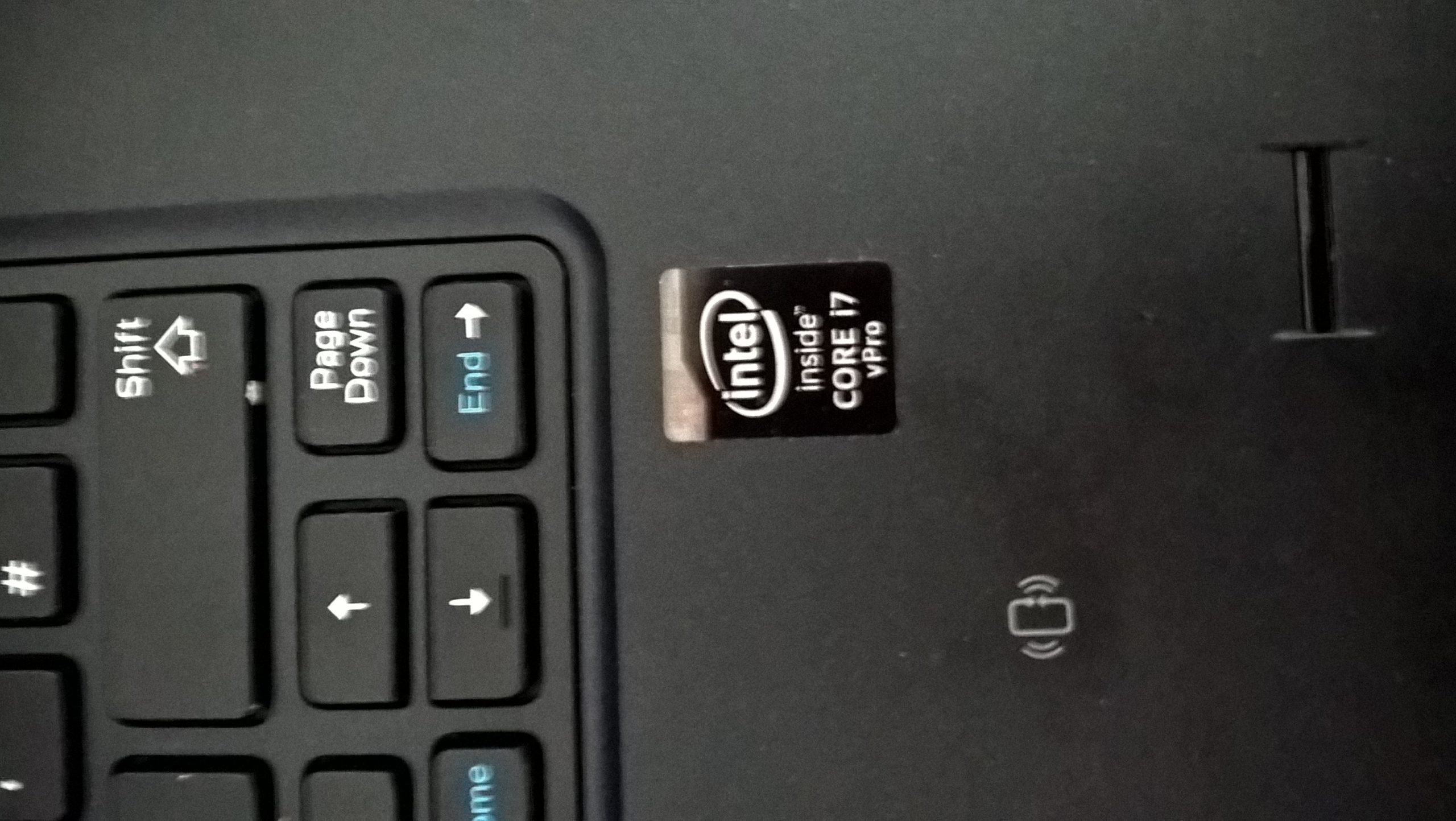The Importance of Regular Server Maintenance: A Cautionary Tale
Today, we encountered a significant setback when a customer’s server experienced a catastrophic failure, resulting in the loss of critical data. Despite our persistent warnings over the past three years about the potential risks, the situation culminated in a preventable disaster.
The dual hard drives had clearly endured years of hardship, evident by the dimness of the server’s LEDs—so faint, in fact, that I initially thought they were malfunctioning. The warning lights that indicated drive errors were similarly lackluster, a sign of the underlying issues we had been cautious of.
In an attempt to salvage the data, we tried reconstructing the RAID 10 array. Unfortunately, the remaining drive was too compromised for successful recovery. The last backup, performed just two days prior, is now a mixed blessing—we’re currently working to extract the most vital files, but concerns about possible corruption loom.
Compounding the issue, the server was running on Windows Server 2008, which means we face the daunting task of setting up a new Active Directory and migrating all connected computers. This will inevitably lead to significant labor costs, ultimately placing a financial burden on the customer.
In reflecting on this experience, one can’t help but wonder whether it was prudent for the customer to continue using a server that had exceeded the average lifespan by threefold, only to result in weeks of lost productivity due to delays in replacing the unit. The wait for a new server to be stocked in our workshop before installation adds yet another layer of inconvenience.
This incident serves as a stark reminder: when it comes to a company’s primary server, cutting corners is not advisable.
As a side note, I was taken aback by the state of the server itself. It was the dirtiest unit I’ve ever encountered—one has to wonder if someone was smoking in the server room!
In conclusion, prioritize regular maintenance and timely upgrades for your servers. Investing in these essential services today can prevent costly downtime and setbacks tomorrow.
Share this content:



